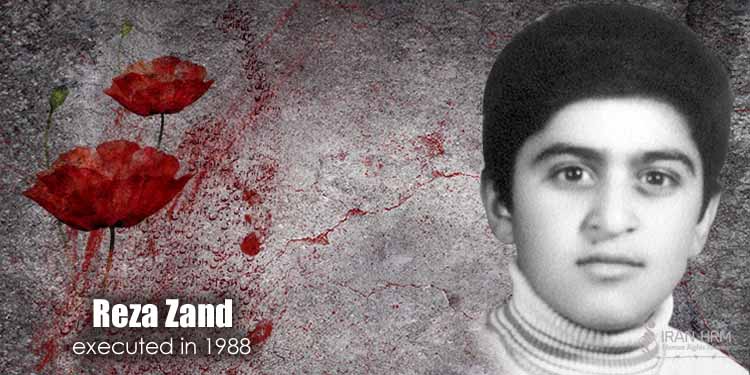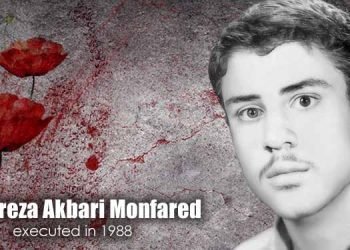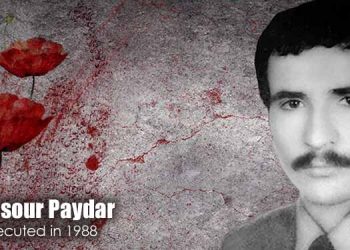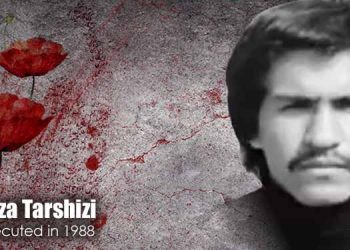Reza Zand was born in 1959 in Shiraz, Iran.
He was an electrical engineer student when he was arrested in 1981.
He was sentenced to 10 years in prison for sympathizing with the People’s Mojahedin Organization of Iran (PMOI/MEK) and having peaceful political activities.
He was among the first group to be executed during the 1988 massacre in Raja’i Shahr prison.
The majority of those executed during the massacre were serving prison sentences for their political activities after unfair trials in revolutionary courts.
Those who had been sentenced, however, had not been sentenced to death.
Many had served their full sentences yet were kept in detention.
A Crime Against Humanity
The Facts
- In 1988, the Iranian regime massacred 30,000 political prisoners.
- The executions took place based on a fatwa by Supreme Leader Khomeini.
- Three-member commissions known as ‘Death Commissions’ were formed across Iran sending political prisoners who refused to abandon their beliefs to execution.
- The victims were buried in secret mass graves.
- The perpetrators continue to enjoy impunity.
- Since 2016, the names of nearly 100 ‘Death Commission’ members have been revealed. Many still hold senior positions in the Iranian judiciary or government.
The Human Rights Council needs to conduct an international investigation into the 1988 massacre. This would be the first step to end the impunity for the officials, agents and those who ordered the largest political crime of the century.
Khamenei and other leaders of the regime need to be prosecuted and face justice for committing crimes against humanity.











